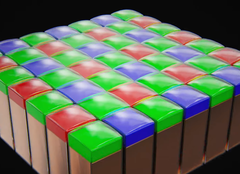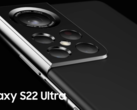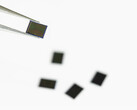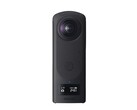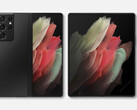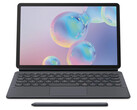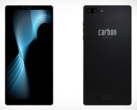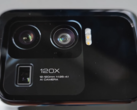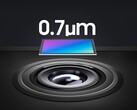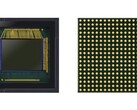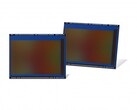Samsung is constantly improving its ISOCELL image sensors in order to bring smartphone image quality closer to DSLR standards, and just last week, we saw the announcement of improved GN2 sensors with Dual Pixel Pro technology. Today, Samsung is showcasing the ISOCELL 2.0 feature that upgrades the physical barriers between pixels to further reduce color crosstalk (pixel bleeding) and improve light absorption.
Back in 2013, the first ISOCELL sensors introduced a metallic grid that surrounded each pixel to reduce crosstalk by approximately 30%. However, this grid between the color filters also absorbs small portions of incoming light, leading to slight optical loss. Samsung initially addressed this with the ISOCELL Plus grid made of an optimized material that contained significantly less metal, yet the optical loss was not entirely gone. With the new ISOCELL 2.0 grid, Samsung replaces the lower portions of the color filter barriers with a metal-free material that is more reflective and boosts the light sensitivity, allowing smartphones to produce more vivid pictures with reduced noise, even in low-light environments.
ISOCELL 2.0 also allows for a reduction of pixel size without affecting the light absorption coefficients, paving the way for resolutions beyond 108 MP. This technology will be featured in Samsung’s upcoming 250 MP sensors and will most likely play a key role for pixel size reduction in future sensors that can achieve 600 MP resolutions.


